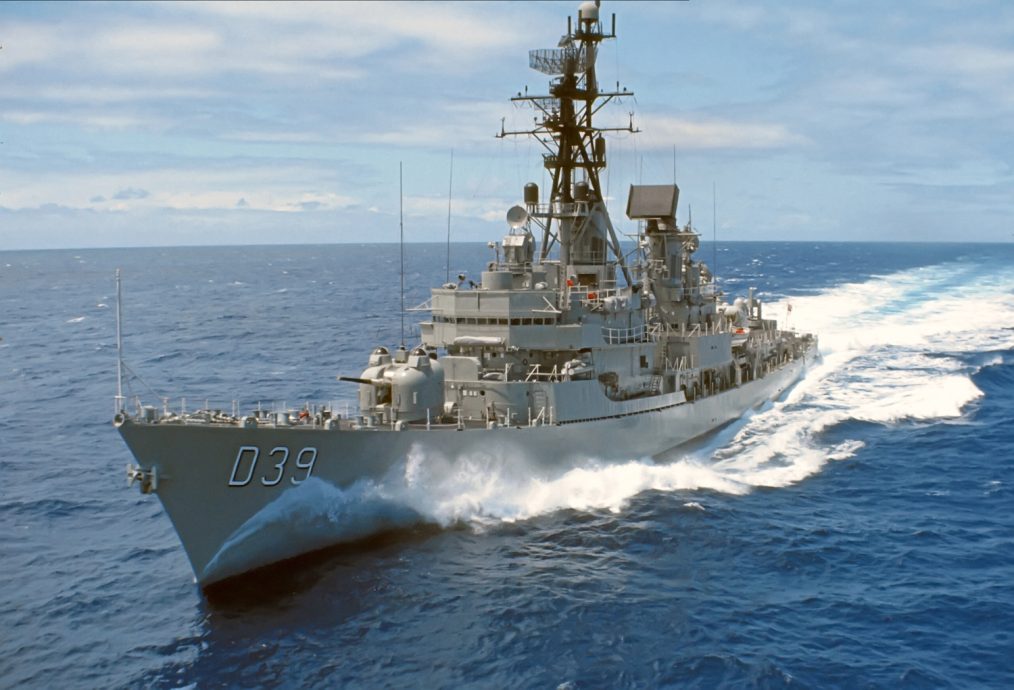
Securing Australia’s Fuel Supply
Defender Blog
Australia’s fuel supply, a critical component of national security, depends heavily on maritime routes through the western Indian Ocean. Despite the Royal Australian Navy’s long history of operations in the region—ranging from counter-piracy and counterterrorism to supporting the Gulf Wars—Australia’s focus on the western Indian Ocean has been limited. This oversight could have significant consequences as the region becomes increasingly contested.
Australia’s engagement in the western Indian Ocean is often seen as part of its alliance responsibilities with the United States or a means of gaining operational experience. However, the fundamental reason for maintaining a presence in this region is that maritime security there directly impacts Australia’s national security, particularly its fuel supply.
Since the introduction of the ‘Indo-Pacific’ concept in the 2013 Defence White Paper, Australia has predominantly focused on the eastern Indian Ocean. This focus was reinforced in subsequent documents, including the 2017 Foreign Policy White Paper and the recent National Defence Strategy (NDS). The NDS highlights Australia’s primary military interest as the area encompassing the Northeast Indian Ocean, Southeast Asia, and the Pacific. This focus is logical, given the strategic importance of oil and gas reserves on Australia’s northwest shelf and the Malacca, Sunda, and Lombok straits, which are vital to Australia’s maritime trade.
The Australian Defence Force (ADF) has taken steps to strengthen its presence in the northeastern Indian Ocean. This includes naval diplomacy through the Indo-Pacific Endeavour, upgrades to facilities on the Cocos (Keeling) Islands, and the expansion of HMAS Stirling, Australia’s primary naval base in Western Australia. These initiatives align with Australia’s broader strategy of bolstering its military capabilities in the region, ensuring the security of its northern approaches and the critical maritime routes that pass through them.
However, confining Australia’s Indian Ocean strategy to the northeastern quadrant is a mistake. The western Indian Ocean is of strategic importance, not only due to population growth in Africa and trade relationships with the European Union but, most importantly, because of Australia’s dependence on fuel imports. Australia imports 90% of its fuel, and any disruption to this supply chain would have immediate and severe consequences for the nation’s economy and defence capabilities.
While Australia imports refined fuel primarily from South Korea, Singapore, and Malaysia, the crude oil needed to produce that fuel largely comes from the Middle East, crossing the western Indian Ocean. A disruption in this supply chain—whether due to piracy, conflict, or strategic moves by other nations—would directly threaten Australia’s fuel supply. For example, China’s growing influence in the region, exemplified by its base in Djibouti and investments in regional ports, poses a potential risk to Australia’s fuel security.
Australia cannot afford to ignore the western Indian Ocean in its maritime strategy. While Australia has historically relied on its partners and allies for security in this region, it has also maintained an independent presence through nearly three decades of continuous naval deployments. This combination of alliances and independent operations has been crucial in ensuring maritime security, and it must be continued and expanded.
To safeguard its national security, Australia must increase its engagement in the western Indian Ocean. This can be achieved through more frequent deployments of naval vessels and aircraft, as well as investments in regional capacity building. Such actions would not only strengthen Australia’s presence in the region but also build relationships and enhance the Royal Australian Navy’s ability to operate effectively in the western Indian Ocean.
Australia’s focus on the northeastern Indian Ocean is understandable, but it should not come at the expense of neglecting the western Indian Ocean. As this region becomes more contested, Australia must adapt its maritime strategy to ensure that its fuel supplies—and, by extension, its national security—are protected. This means becoming more active in the western Indian Ocean, both independently and in collaboration with allies, to secure the maritime routes essential to Australia’s survival and prosperity.



